Transitions on the Spectrum


Spring is a time of transitions and new beginnings. For high school seniors, it brings the end of their secondary education, and often, the transition to college or jobs. For seniors on the Autism Spectrum, it can be a time of both excitement and celebration, as well as one of potential anxiety and uncertainty. Fortunately, with planning and preparation, worries can be reduced and celebrations enjoyed more thoroughly.
Marking the Transition
These transitions are typically marked with milestone celebrations such as graduation ceremonies and parties. For an individual with ASD, large crowds, loud noises, and the need to sit still in one place for extended periods of time can be challenging. Pre-planning strategies to manage sensory overload, anxiety, and fatigue during these milestone celebrations is key. Can they wear ear buds or noise dampening/canceling headphones? If there will be long stretches of time between meals, is there a way to pack a snack? Is there a comfort object or fidget that might help the sitting and waiting feel less stressful? Is it possible to sit near an aisle where getting up and taking a break would be more feasible? Will your son or daughter want to take pictures before the ceremony, after, or on a different day?
When it comes to graduation parties, don’t assume that your child will or won’t want a party. Discuss expectations for the number of guests, the foods served, and how social you want your child to be at the part. This is their first time around celebrating this milestone, and discussing expectations will leave more room for joy. It may also be useful to pre-plan breaks or “calm down” areas if the party extends over what is a typical interval of interaction time for your child. Would a different type of celebration altogether be more enjoyable–be willing to think outside the box. Finally, make sure to discuss expectations with siblings and extended family members who may also be joining in celebrating your senior.
Transitioning to College
If your son or daughter is transitioning to college, planning ahead is also important. Some teenagers think they will automatically acquire a certain level of responsibility, initiative or skill just by becoming a “college student.” Unfortunately, that’s not usually the case. Whether it’s six months ahead or six weeks ahead or maybe just 6 days ahead, have discussions about what life skills are needed to be successful at college above and beyond the academic demands and start practicing. If they don’t know how to already, teaching your child how to do laundry, how to cook some basic meals, how to manage basic finances (including setting up a bank account that a parent has access to as well), and how to navigate bus systems or public transportation (if applicable) will be important. Use a scaffolding technique, where you demonstrate basic skills, allow your child to replicate them with supervision, and then add on more complex or advanced skills as they progress. You may also consider creating social stories, checklists or algorithms around these new responsibilities that your child can take with them to college.
Many colleges and universities also have ASD-specific programs to help support your son or daughter both academically and socially. Making sure to look into these options and apply to them (if required) ahead of time. Similarly, if your child has an IEP or 504 plan, these can transition into college-level accommodations. Ensuring that your child’s testing is up to date is also a key part of this process as most colleges and universities will want recent testing data. Contacting the school’s office of student support services to learn what their requirements are and what the process is to get the accommodations set up is important and something that you may need to do with your child. If your son or daughter is 18 or older, make sure that they sign the necessary releases of information that will allow you to also communicate with university staff as needed.
If your child sees a therapist at home, consider options for telehealth (if in the same state or allowed by the therapist’s licensing/credentials) or seek out referrals in your child’s new city. Most, if not all, colleges and universities have counseling centers on campus that offer both individual therapy as well as group therapy options. The session number per student might be limited though, so identifying clinicians in the local community is also a great idea. Also, if your child takes regular medications, make plans to have a large enough supply, transfer the prescriptions to a pharmacy on or near campus, or look into mail-order delivery. If your son or daughter will be picking up their medications on their own for the first time, practice going to the pharmacy with them.
Transitioning to a Job
If your son or daughter is transitioning to a job, utilize resources from your local school district. She or he may have options to take interest inventories that may help point him or her in the direction of a job or work environment they may be interested in. Public schools also have specific transition planning for students with IEPs. Job training resources through the school district or MichiganWorks can be an option to help build skills and identify potential jobs. Helping your son or daughter to be realistic about the number of hours he or she feels they can work, whether he or she wants a public-facing or behind the scenes job, and what level of supervision he or she will require is important. Discussions around managing finances, contributing at home financially and/or through chores will help clarify expectations for your adult child and the changing relationship you may have with them as they age.
Additional Resources and Relevant Websites for Adolescents and Adults with ASD/CI/DD
Community Mental Health Oakland County https://www.oaklandchn.org/
Autism Alliance of Michigan (call to get resource information sometimes better than navigating their online system) https://autismallianceofmichigan.org/
Living and Learning Enrichment Center (www.livingandlearningcenter.org) 248-308-3592
OUCARES at Oakland University (http://www.oakland.edu/oucares/): for Adult social groups and employment skills 248-370-2424
On My Own: Independent living resources for adults (https://onmyownofmi.org/)
MORC: Services for individuals with physical and intellectual disabilities in Oakland County (https://www.morcinc.org/)
Community Living Services: https://www.comlivserv.com/
The ARC of Oakland County: Non-profit that focuses on advocacy and community participation for individuals with intellectual and developmental disabilities (https://thearcoakland.org/)
Michigan Rehabilitation Services: https://www.michigan.gov/leo/bureaus-agencies/mrs
Possible places to find additional support:
Friendship Circle: https://www.friendshipcircle.org/
SAIL (group of parents in the area looking for living solutions for their adult children with special needs): https://sailhousingsolutions.org/





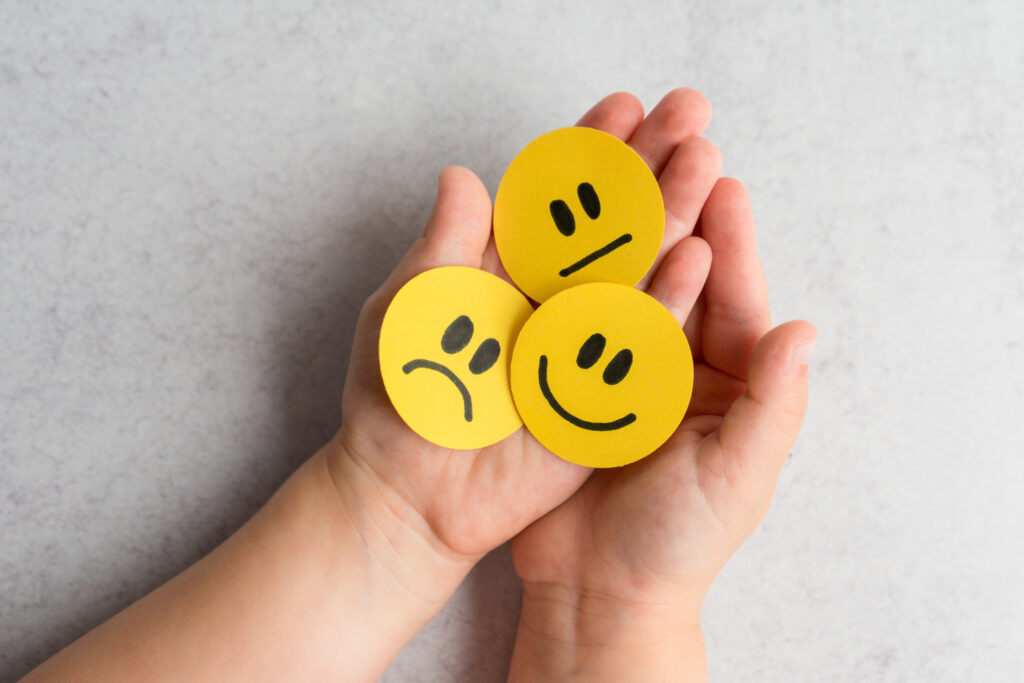

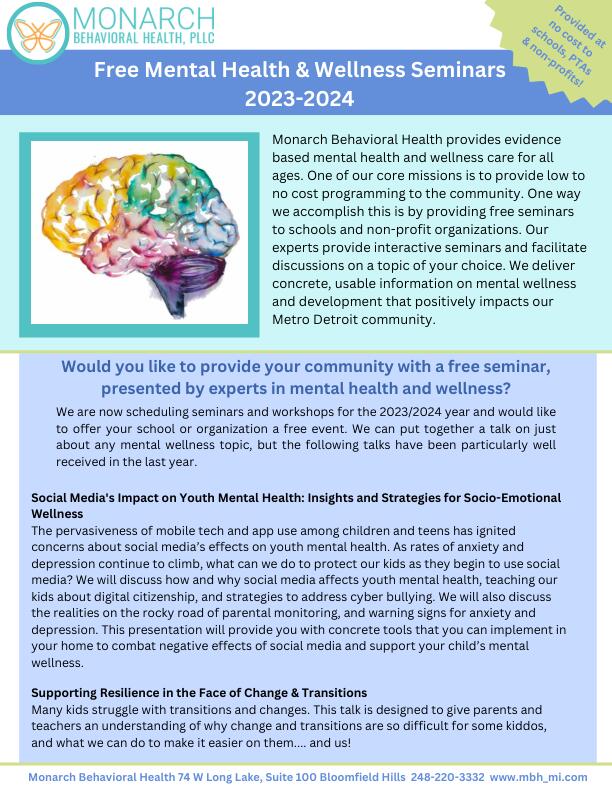
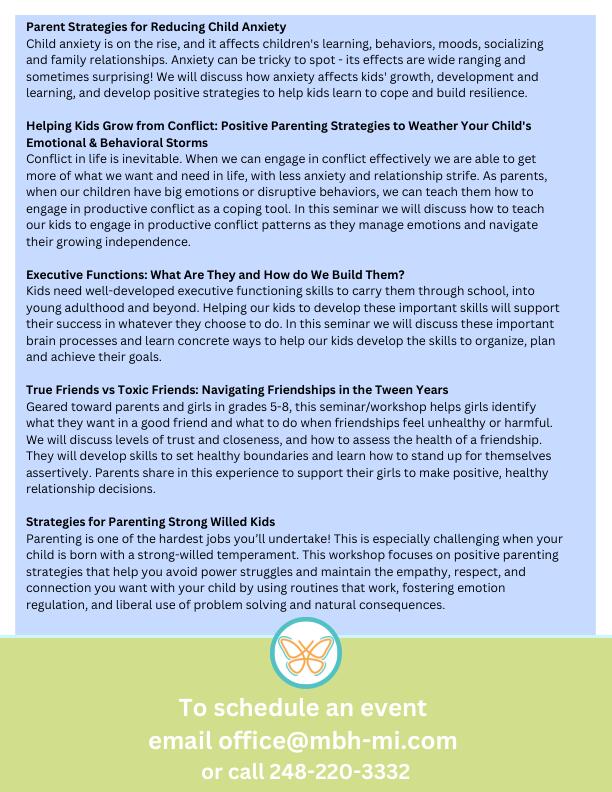
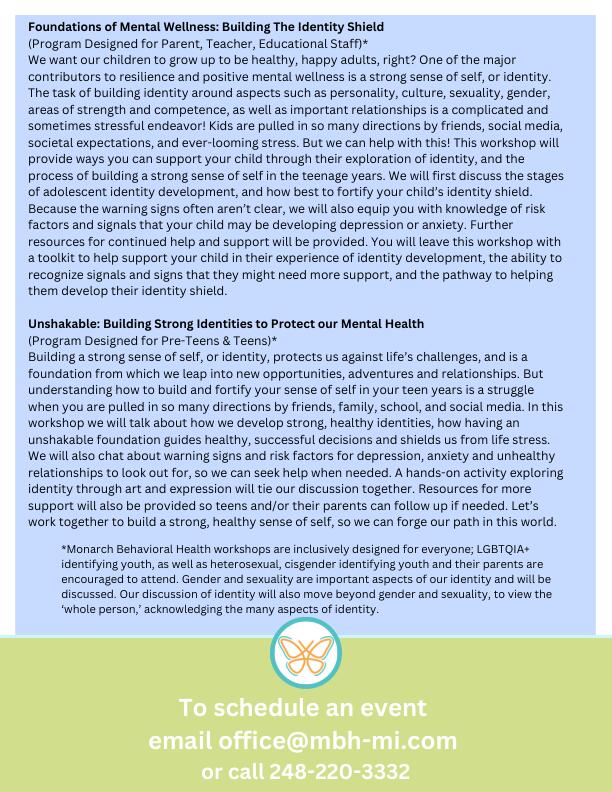





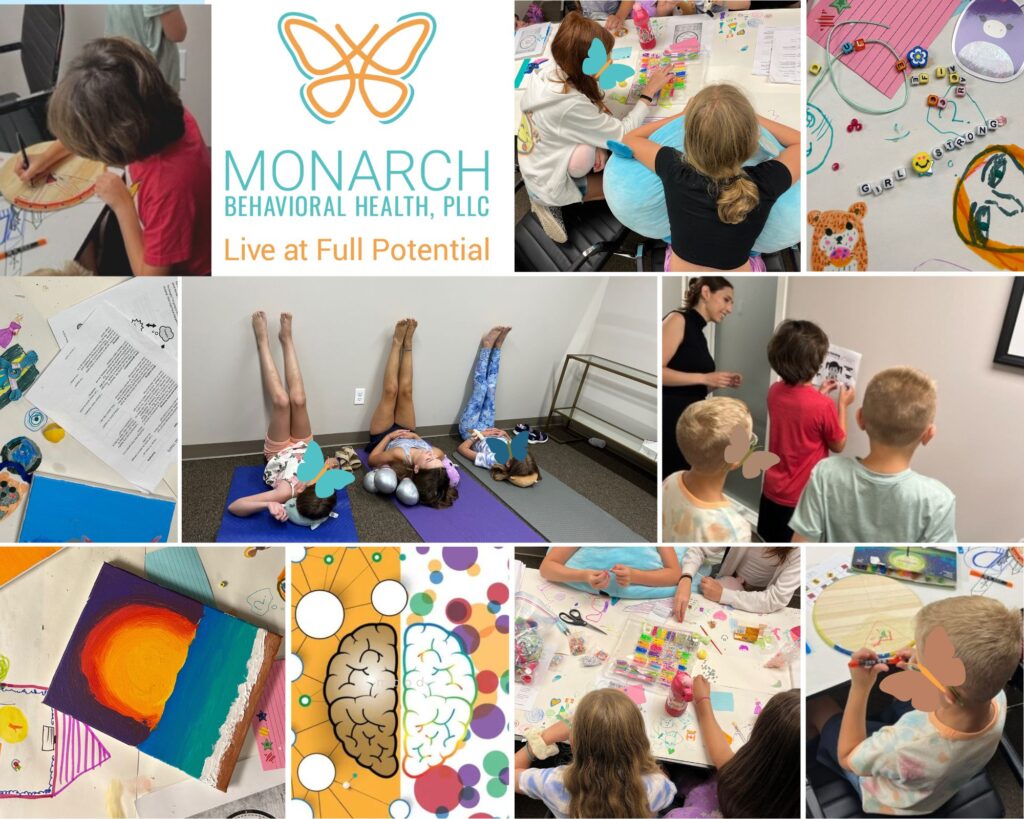



Recent Comments